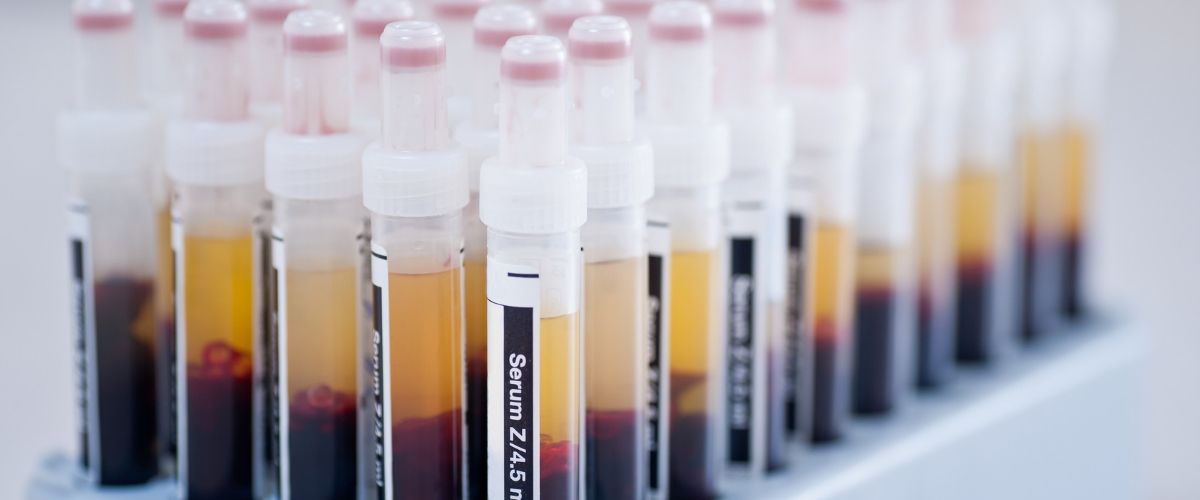
Lyme-like infections come with other stealth infections.
A Finnish study published in 2018 which tested blood samples from over 400 patients from both USA and Europe found they often contained multiple tick-borne microbes.
“This study indicated an 85% probability that a randomly selected Tick-Borne Disease (TBD) patient will respond to Borrelia and other related TBD microbes rather than to Borrelia alone.”
To make it viable the study’s testing was limited to the common species of Borrelia and classic Lyme co-infections.
When looking at different people’s blood specimens it was found that they contained different species of microbes. The suggestion from this data is that Lyme disease is different in every person. Garg K. et al (2018)
The microbes tested for in this study function much like Borrelia. They can live in cells, disrupt the immune system and embed themselves in body tissue. When embedded in the tissue they also are resistant to antibiotic therapy.
When an immune system is compromised it can no longer fully function and the body starts to break down. Microbes in tissue begin to multiply causing damage such as inflation and debilitating symptoms.
The microbes are not just TBD’s but every other microbe in and on the body. These microbes rob the cells of nutrients thereby weakening the body. The combination of all these microbes gives a broad range of what seems like unrelated symptoms. This gives rise to the classic Chronic Lyme-like symptoms.
Here is one Dr’s list of symptoms:
- Tooth pain
- Chronic infection
- Chronic fatigue
- Chronic pain
- Migrating arthritis or joint pain
- Muscle pain
- Chronic flu-like symptoms
- Headache
- Neck stiffness and creaking
- Bell’s palsy (facial paralysis)
- Brain fog or loss of cognitive function
- Heightened sensitivity to noise and sound
- Ringing in the ears
- Sleep disorders or trouble sleeping
- Visual changes or blurry vision
- “Floaters” in vision and eye discomfort
- Dizziness and instability
- Muscle twitching
- Paresthesias (burning / tingling in extremities)
- Tremors (head and hands)
- Chest pain
- Irregular heartbeats
- Shortness of breath or difficulty catching a breath
- Unstable bladder
- Gastrointestinal (GI) or digestive dysfunction
To overcome these symptoms restoring normal communication between cells, especially immune cells is paramount. You need to eat a healthy diet, remove as much stress as possible and detox.
One thing I have found to really help is reducing your load of radiation. By this I mean WIFI, mobile phone use, (use them hands-free and keep them off your body) Dect phones, those cordless phones you walk around your home with. The base stations of those phones send signals 24 hours per day.
Use of Bluetooth etc.
Does seem too hard?
I have had so many clients start to regain health simply by turning off WIFI at night and keeping mobile phones out of their bedrooms. Better sleep, less anxiety and so on. Try it for a week and see how you go.
My years of clinical practice have proven to me that herbs offer help that conventional medicine doesn’t when it comes to chronic infections.
Humans aren’t the only living things affected by microbes. Plants also must deal with a wide variety of microbial threats. Their immune system comprises a complex array of biochemical substances, called phytochemicals. Many of these phytochemicals provide antimicrobial activity against a wide range of bacteria, viruses, protozoa, and fungi.
These phytochemicals are particularly good at fighting the microbes associated with chronic borrelia infections. It’s because, like our immune system, the plant’s biochemical immune system can suppress potential pathogens without adversely affecting healthy flora. (This is understood by, but not yet explained by science.)
Herbal therapy also normalizes immune system communications which allow the immune system to do its job. Plant phytochemistry also includes signalling agents that are like our hormones, neurotransmitters, and other chemical messengers.
Chemicals such as these have the effect of modulating or balancing messaging systems in the body.
The overall effect of these phytochemicals is that microbial disruption is limited. The immune system and other systems in the body can communicate more clearly and efficiently thereby allowing the immune system to function properly and reduces stress factors on the body.
References
Garg K. et al. Evaluating polymicrobial immune responses in patients suffering from tick-borne diseases. Scientific Reports volume 8, Article number: 15932 (2018)
